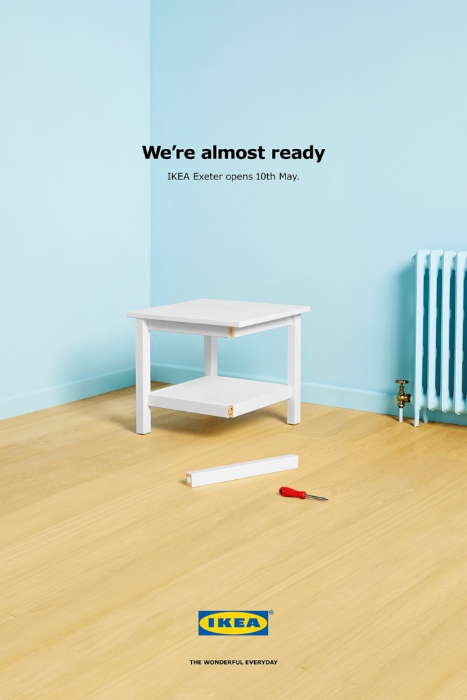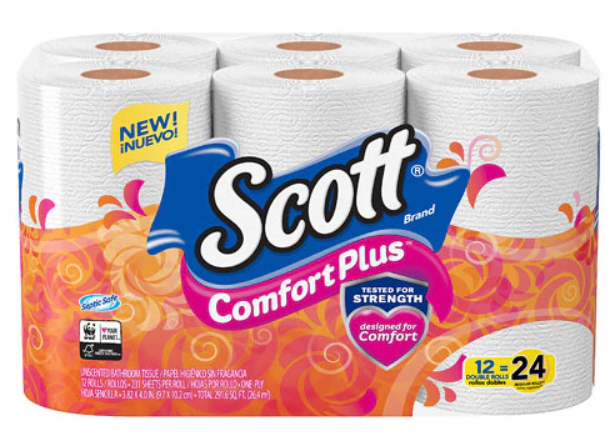What Are the Benefits of Choosing a Prefabricated Homes?

Prefabricated houses, or prefab homes, are gaining appeal as a contemporary alternative to traditional on-site buildings. As discussed at Houzz.de, these houses are built in sections or modules in a warehouse setting and then transported to the construction location for assembly. The rise in demand for prefabricated houses can be attributed to their numerous advantages, including cost savings, speed of construction, and environmental benefits. Here are some key benefits of choosing a prefabricated house.
Cost Efficiency
Building homes in a controlled factory environment reduces waste and allows for bulk purchasing of materials, leading to lower costs. Additionally, the streamlined construction process minimizes labor expenses and lessens the likelihood of delays caused by adverse weather conditions or site-specific issues. These factors contribute to a more predictable and often lower overall cost compared to traditional building methods.
Speed of Construction
Prefabricated houses can be constructed much faster than traditional homes. Since the modules are built in a factory simultaneously with site preparation, the overall construction time is significantly reduced. Once the sections are complete, they are transported to the site and assembled in days or weeks rather than months. This accelerated timeline is particularly advantageous to those who need to move in quickly or developers looking to reduce project timelines and start generating revenue sooner.
Quality Control

Building prefabricated houses in a factory setting allows for stringent quality control measures. Each component is made under regulated conditions, decreasing the possibility of construction mistakes and providing a high degree of precision. Factory-built homes are subject to regular inspections and must adhere to strict industry standards. This results in consistent quality and durability, often surpassing that of traditional on-site construction.
Design Flexibility
Contrary to popular belief, prefabricated buildings provide a great deal of architectural freedom. Modern prefab homes come in a variety of designs, ranging from contemporary to historic, and can be tailored to specific aesthetic and practical needs. Homeowners may select from a variety of finishes, fittings, and layouts to ensure that their prefabricated house matches their preferences and lifestyle requirements. Advances in prefab technology also allow for innovative architectural designs that might be challenging or expensive to achieve with traditional construction methods.
Resilience and Durability
Prefabricated houses are built to withstand transportation and assembly, making them inherently durable and resilient. The construction process often involves using high-quality materials and techniques designed to enhance the structural integrity of each module. As a result, prefab homes can offer better resistance to extreme weather conditions and natural disasters compared to some traditional homes. This durability translates into lower maintenance costs and a longer lifespan for the building.
Reduced Disruption
Building a house on-site can be disruptive to the surrounding environment and community. The noise, dust, and constant activity can affect neighbors and the local ecosystem. Prefabricated construction minimizes on-site work, significantly reducing these disruptions. The bulk of the construction work takes place in the factory, leading to quieter and cleaner building sites. This can be especially advantageous in highly populated or environmentally sensitive areas.
Prefabricated houses present a compelling alternative to traditional construction, offering numerous benefits as outlined above. As technology keeps advancing and awareness of these advantages grows, prefabricated homes are likely to become an increasingly popular choice for homebuyers and developers alike. Embracing this innovative approach to home building can lead to more sustainable, efficient, and enjoyable living spaces for future generations.


